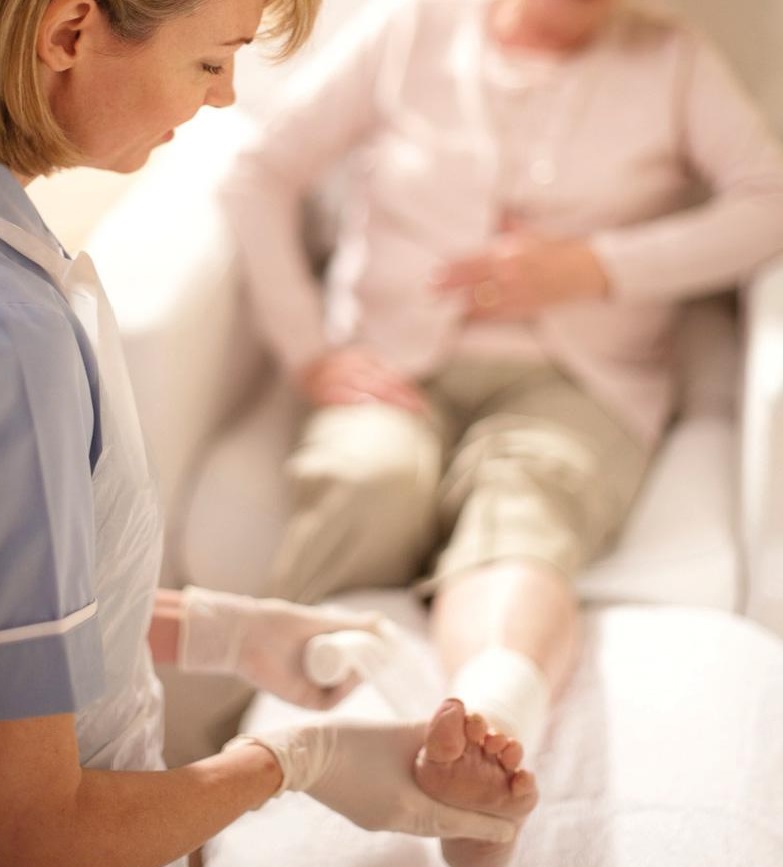
Leisure activities and dementia
A huge review of 38 studies with data on more than two million individuals confirms that people who keep active are less likely to develop dementia. Participation in cognitive, physical and social activities was associated with a 20% reduction in both Alzheimer’s disease and vascular dementia. But it’s unclear if leisure activities protect against dementia, or just that those people destined to avoid it are also the sort who tend to stay active.
Leg ulcers usually develop on the inside of the leg, between the knee and the ankle. Venous leg ulcers are the most common, causing 60% of cases, affecting one in 500 people in the UK, more commonly with age.
They can develop after a minor injury, with persistently high pressure in the leg veins weakening the skin. Symptoms include pain, itching and swelling. There may be discoloured or hardened skin around the ulcer, with a foul-smelling discharge.
See your GP if you think that you have a leg ulcer, as it will need specialist treatment to help healing. Your GP will examine your leg and may carry out additional tests to rule out other conditions.
You’re more at risk of developing one if you previously had deep-vein thrombosis (DVT), or have difficulty walking from arthritis, or have a leg injury, obesity or paralysis, after recent leg surgery or if you have varicose veins.
A WEEKLY DOSE OF INSULIN
Denne historien er fra March 14, 2023-utgaven av WOMAN'S WEEKLY.
Start din 7-dagers gratis prøveperiode på Magzter GOLD for å få tilgang til tusenvis av utvalgte premiumhistorier og 9000+ magasiner og aviser.
Allerede abonnent ? Logg på
Denne historien er fra March 14, 2023-utgaven av WOMAN'S WEEKLY.
Start din 7-dagers gratis prøveperiode på Magzter GOLD for å få tilgang til tusenvis av utvalgte premiumhistorier og 9000+ magasiner og aviser.
Allerede abonnent? Logg på

Angels from NOWHERE
Three women express their gratitude for strangers who stepped in to become their saviours

Words of WISDOM
On a murder case, DI Sally Fourth could read the suspects like a book

Runaround LOU
When it came to Ronnie, Lou had her regrets and now he was back

The bigger PICTURE
Emma was dreading Jessica's visit - after all, they had nothing in common

Through THICK & THIN
Kelly Barker gained something special on her journey to losing weight

In my head I'm still 21'
Emmerdale star Lisa Riley tells us why she'll never stop smiling, whatever life throws her way

In the footsteps of APHRODITE
Facing west across the Mediterranean, the legendary birthplace of the Greek goddess of love is Cyprus' most varied region.

The Retiring SORT
Eleanor had loved her job but was it all a waste of time? A chance encounter gave her the answer

Magnet CAT
Why was Lizzie so drawn to the gorgeous little tabby?

Marvellous meals FOR ONE
Quick and delicious ideas for solo suppers